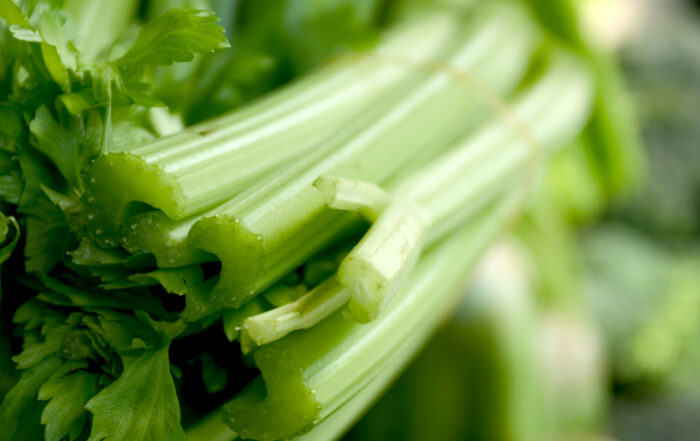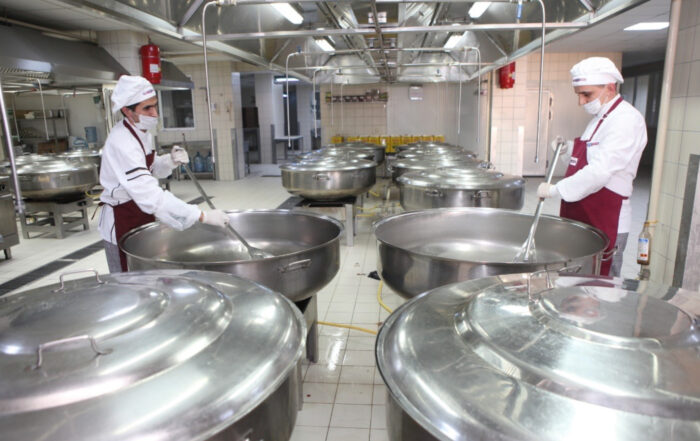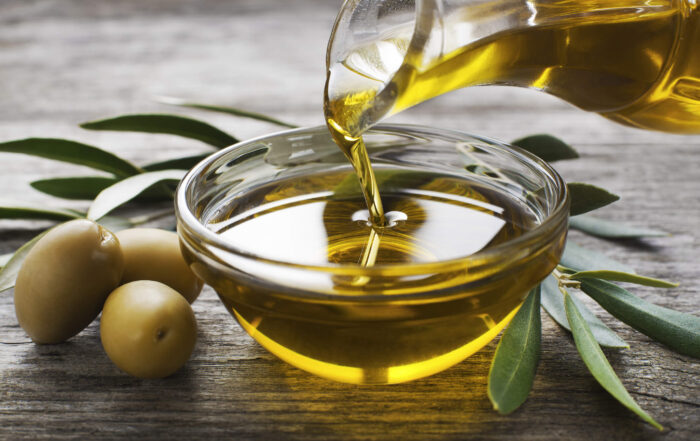Preparation for CFIA Preventive Control Plan (PCP) Inspection: Hazard Vs. Risk (Part 2)
The is the second article in our series on Preparation for CFIA Preventive Control Plan Inspection. Read Part 1.
The Canadian Food Inspection Agency (CFIA) has developed a guidance document for the CFIA Inspectors to follow when conducting Preventive Control plan inspection. The guidance is divided into two main sections of “Common Inspection Guidance” and “Assessing Preventive Controls”. Each section contains several subsections.
A subsection under “Common Inspection Guidance” is “Standard Inspection Process” and where CFIA defines the terms Deviation Vs. Non-compliance and Hazard Vs. Risk. These are among the four main focus areas that inspectors give their attention to, so it is important for regulated parties to understand the differences between them.
Our previous article focused on Deviation vs. Non-Compliance and the importance of understanding the difference especially as it applies to PCP inspections. This time we examine Hazard vs. Risk.
Hazard vs. Risk
Similarly, to Deviation vs. Non-compliance, Hazard and Risk are also often used interchangeably at food operations. However, making the distinction between hazard and risk is important.
“Hazard” is defined as “A biological, chemical or physical property that may cause an unacceptable health risk.” whereas “Risk” is “The product of the severity of the consequences of a hazard and the likelihood of occurrence of these consequences.” In other words, risk measures the probability that the hazard will occur.
These definitions for hazard and risk are expanded upon further below.
Hazards
“A biological, chemical or physical property that may cause an unacceptable health risk”.
To expand the definition, a regulated party must have a thorough and practical understanding of Hazards. They must also be able to identify and categorize these Hazards whether they are ingredients, additives, processing aids, and packaging materials used. Identifying hazards requires scientific knowledge about the physicochemical characteristics of different food components; to be able to evaluate how different ingredients can affect each other when combined; and, how they are affected during various processing stages towards becoming finished products.
The CFIA Inspectors expect to see such fulfillment as part of the PCP developed and implemented by a regulated party as applicable to their products and operations.
Defining Risk
Risk is a gauge to measure the seriousness of a Hazard.
It goes without saying that there should be zero hazards when food products reach consumers. Nevertheless, since food is not a “sterile or prescribed” item (such as injectable drug), some hazards, depending on the food category, are acceptable to a certain level while others are not acceptable at all.
Regulated parties are often hampered by having limited resources. Taking this into consideration, it is necessary to quantify and measure the severity and likelihood of each hazard, and then to prioritize resources on reducing the likelihood of each, starting with highest severity level.
CFIA Inspectors expect to find evidence in a PCP that risks have been gauged “correctly” to secure reliable measurements. An inaccurate risk gauge can result in incorrect measurement of seriousness of the Hazards which may result in a product recall.
Calibrating Food Risk
A measurement gauge must be calibrated frequently to ensure its precision and accuracy and be verified in regular bases to ensure it maintains its precision and accuracy till the next calibration interval. The very same is true regarding Risk gauge.
As defined above, “likelihood” and “severity” are the two parameters that are used to evaluate the Risk. When evaluating Risk, the severity/likelihood quantification table must be designed based on the foods and operational activities. As well, it must be as self-explanatory as possible to prevent misunderstandings that may result in the underrating or overrating of a particular hazard.
Applying the Risk Gauge
Severity
When applying a Risk gauge, the severity of each hazard must be quantified as accurately as possible and should be based on facts, and not assumptions. For instance, the severity of the consequence from an allergic reaction should not be quantified to the same value as the consequence of adding an extra amount of spice to food whereby this would only affect the taste without incurring a serious health risk.
The Likelihood
Likelihood on the other hand must be rated based on the history and the probability of a hazard to occur. For example, two hazards, one with annual frequency of occurrence and the other with weekly must be rated accordingly.
The PCP is also expected to include “Justifications” regarding each risk assessment. This supports the rationale for the severity rating or likelihood of a consequence coming from a particular hazard. The practice of justification helps to validate final decisions that are made for hazards prioritization.
The Inspection Process
CFIA Inspectors use several inspection tools. Some of these include operations walk-through, observations, and interviews with operational staff. The goal here is to evaluate that the regulated party demonstrates they understand risk assessment throughout parts of their operations, and they have developed and conducted accurate risk assessments and able to manage the risks in daily operations as identified in their PCP.
In short, hazards are everywhere. It is important for the regulated party to identify hazards so risks can be managed.
Can we help? Contact Us.
At MCS Associates, our team of food regulatory affairs experts with several years of experience in conducting risk assessment for food operations with wide range of commodities, can support you with development of PCP, including development of a customized risk assessment for your specific operations and food items.







